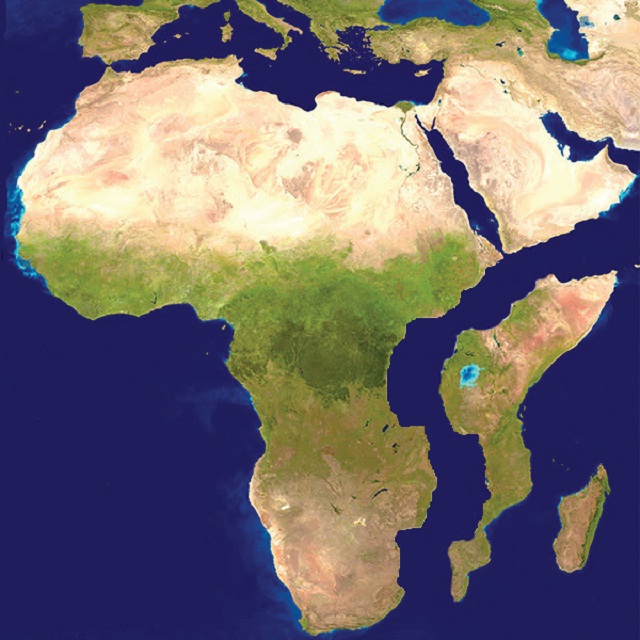
Scientists say the separation is happening at a faster rate than expected. According to them, the average speed with which the continents change latitude has doubled over the last two billion years.
Activity along the eastern branch of the rift valley, running along Ethiopia, Kenya and Tanzania, became evident when the large crack suddenly appeared in south-western Kenya.
In the most promising projection, the new ocean will stretch from the Eritrea, Djiboutiarea, through parts of southern Ethiopia and northern Kenya, down to western Uganda, the DR Congo, Tanzania, Malawi, Zimbabwe and finally through the eastern states of South Africa. In other words, if Uganda remains connected to Kenya and part of the Somalia plate; then western Uganda will become an ocean coastline – in a few million years.
If on the other hand, the new ocean covers the western rift valley through Lake Albert, then the story will be different and possibly not so good.
Lucia Perez Diaz, a postdoctoral researcher at Fault Dynamics Research Group, at the University of London writes in The Conversation, that there’s mounting evidence the African continent is splitting in two.
Scientists explain that the Earth’s crust is divided into different sections called tectonic plates. Tectonic plates are the huge rocky slabs made up of the Earth’s crust and upper mantle. These massive sheets are continually being pushed around by movements in the mantle (one of the three main layers of Earth, consisting of hot, dense, semisolid rock) which is shifting millimetre by millimetre, re-shaping the Earth’s surface over millions of years.
According to Diaz, the earth is an ever-changing planet, even though in some respects change might be almost unnoticeable to us. Plate tectonics is a good example of this.
She says, however, every now and again something dramatic happens – such as the earth split in Kenya – and leads to renewed questions about the African continent splitting in two.
Understanding earth movements
She describes how the earth’s crust and the upper part of the mantle (lithosphere), which is broken up into a number of tectonic plates, is not static, but comprises moving tectonic plates. These move relative to each other at varying speeds, “gliding” over a viscous asthenosphere.
Exactly what mechanism or mechanisms are behind their movement is still debated, but are likely to include convection currents within the asthenosphere and the forces generated at the boundaries between plates.
These forces do not simply move the plates around, they can also cause plates to rupture, forming a rift and potentially leading to the creation of new plate boundaries, she says.
When the lithosphere is subject to a horizontal extensional force it will stretch, becoming thinner. Eventually, it will rupture, leading to the formation of a rift valley.
This process is accompanied by surface manifestations along the rift valley in the form of volcanism and seismic activity.
The East African Rift is described as an active type of rift, in which the source of these stresses lies in the circulation of the underlying mantle.
Beneath this rift, the rise of a large mantle plume is doming the lithosphere upwards, causing it to weaken as a result of the increase in temperature, undergo stretching and breaking by faulting.
 The Independent Uganda: You get the Truth we Pay the Price
The Independent Uganda: You get the Truth we Pay the Price



